Attempting to characterize the property/s of aluminum versus copper...
Since chemical processes are heavily influenced by eletronegativity tending to favor one association among elements and compounds over others in their vicinity (Stanley Meyer's nitrogen favoring its combination with hydrogen over oxygen under positive ionization? - Peter Lindemann), I wonder if a time-honored recipe for cleaning silver might have some insightful bearing on any attempt to characterize the relative properties of copper versus aluminum since copper and silver are in the same column of the periodic chart of the elements along with gold and platinum, etc?
I remember, now, a procedure for bringing back the shine of old silver dollars: pour boiling hot water over them while they sit in a pan lined with aluminum foil and dissolve salt and baking soda into the water and let it sit. So, I got still more curious and went to see if I'm correct about the details of this recipe, at...
How To: Polish Silver in a Baking Soda & Salt Bath | 17 Apart: How To: Polish Silver in a Baking Soda & Salt Bath
Comment about the science behind this recipe...
Carolyn Valdez October 2, 2013 at 5:01 PM
I wonder what the iron is giving up (electrons?) when it is inline with my Earthing connection if it appears to be taking on any negativity (my psychological state) and what is it giving up in return? Especially since this is a subtle energy exchange based on iron's material properties?
Maybe the iron is giving up electrons whenever it takes on whatever negativity (karma) is surrounding me. Since all pure metals take on a negative charge during their chemical purification from their oxidized state as natural ores, they have an ionic negative charge of their own with which to give up. So, one possible definition to negative karma may be stressful energy in the sense that it is energy ill defined for vague goals which may not even exist per that situation which it is attempting to address? An ill spent, ill fated failure of energetic expense leading to fatigue without success to counter-balance that fatigue? A dead-ended endeavor? Only out of ignorance could such karma be sent from an ignorant source. But its arrival is hardly veiled in ignorance. Hence, the need to find a conveniently located trash bin (in the form of an iron cored bio-Earthing device {bedsheet}) to send it to (by extracting it from myself while I sleep) in the form of a dump designed to attract 'free' (mental) energy - energy not affiliated with (free of, and unattached to) any logistically success-oriented goal/s. So, mental positivity is bound and dedicated to specific goals instead of mere cathartic venting for diverse reasons. Having such a dump could be analogized to a lamp lit nearby to attract all of the flying insects that are buzzing around my head to keep them away from me.
And for that matter, how would these three elements of copper, aluminum and iron respond to each other in a combined setting? I guess that's what @Sputins is alluding to?
Originally posted by Vinyasi
View Post
I remember, now, a procedure for bringing back the shine of old silver dollars: pour boiling hot water over them while they sit in a pan lined with aluminum foil and dissolve salt and baking soda into the water and let it sit. So, I got still more curious and went to see if I'm correct about the details of this recipe, at...
How To: Polish Silver in a Baking Soda & Salt Bath | 17 Apart: How To: Polish Silver in a Baking Soda & Salt Bath
Comment about the science behind this recipe...
Carolyn Valdez October 2, 2013 at 5:01 PM
"Nice silverware! Are those antiques that you've collected?
"I love little tricks like these for around the house, especially since I'm a chemist by training and can't help myself. I just looked this up, because I understand that the aluminum (Al) reduces (gives electrons to) the silver, but I was under the impression that silver tarnish was an oxide made by reacting with oxygen (Ag2O), very much like iron oxide in rust. BUT google just told me that it's actually silver sulfide, therefore you're actually forming aluminum sulfide at the end, as well as the reduced silver (Ag metal)! Science is awesome."
"I love little tricks like these for around the house, especially since I'm a chemist by training and can't help myself. I just looked this up, because I understand that the aluminum (Al) reduces (gives electrons to) the silver, but I was under the impression that silver tarnish was an oxide made by reacting with oxygen (Ag2O), very much like iron oxide in rust. BUT google just told me that it's actually silver sulfide, therefore you're actually forming aluminum sulfide at the end, as well as the reduced silver (Ag metal)! Science is awesome."
Maybe the iron is giving up electrons whenever it takes on whatever negativity (karma) is surrounding me. Since all pure metals take on a negative charge during their chemical purification from their oxidized state as natural ores, they have an ionic negative charge of their own with which to give up. So, one possible definition to negative karma may be stressful energy in the sense that it is energy ill defined for vague goals which may not even exist per that situation which it is attempting to address? An ill spent, ill fated failure of energetic expense leading to fatigue without success to counter-balance that fatigue? A dead-ended endeavor? Only out of ignorance could such karma be sent from an ignorant source. But its arrival is hardly veiled in ignorance. Hence, the need to find a conveniently located trash bin (in the form of an iron cored bio-Earthing device {bedsheet}) to send it to (by extracting it from myself while I sleep) in the form of a dump designed to attract 'free' (mental) energy - energy not affiliated with (free of, and unattached to) any logistically success-oriented goal/s. So, mental positivity is bound and dedicated to specific goals instead of mere cathartic venting for diverse reasons. Having such a dump could be analogized to a lamp lit nearby to attract all of the flying insects that are buzzing around my head to keep them away from me.
And for that matter, how would these three elements of copper, aluminum and iron respond to each other in a combined setting? I guess that's what @Sputins is alluding to?
 ) to raise the output (by lack of the Tesla coil's further development).
) to raise the output (by lack of the Tesla coil's further development).
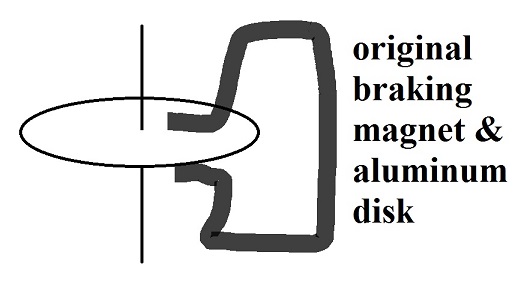
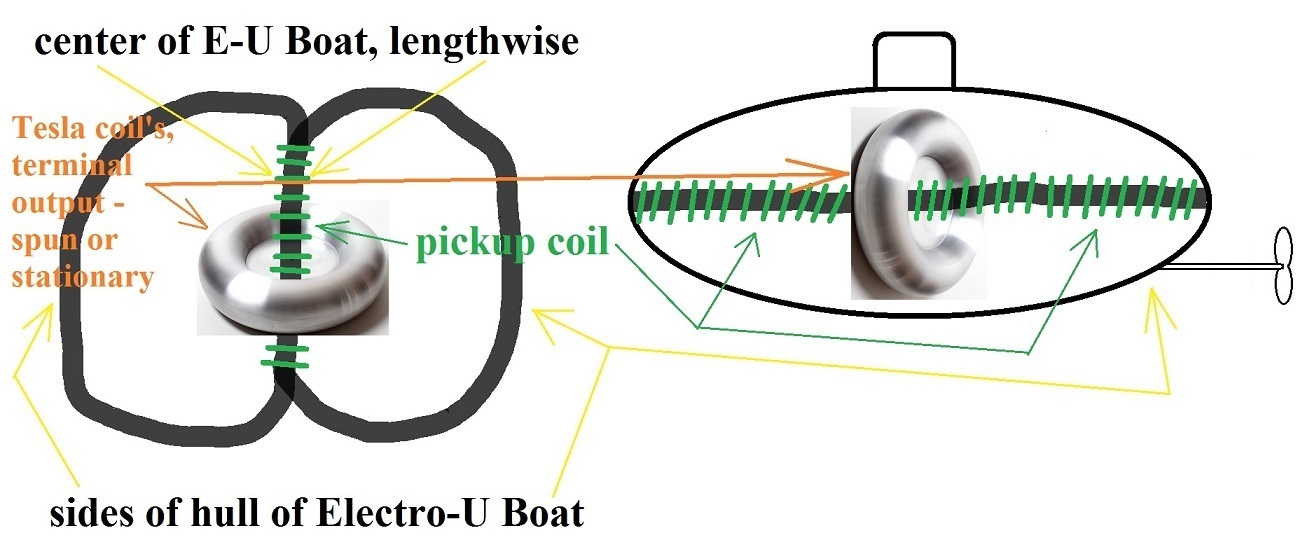
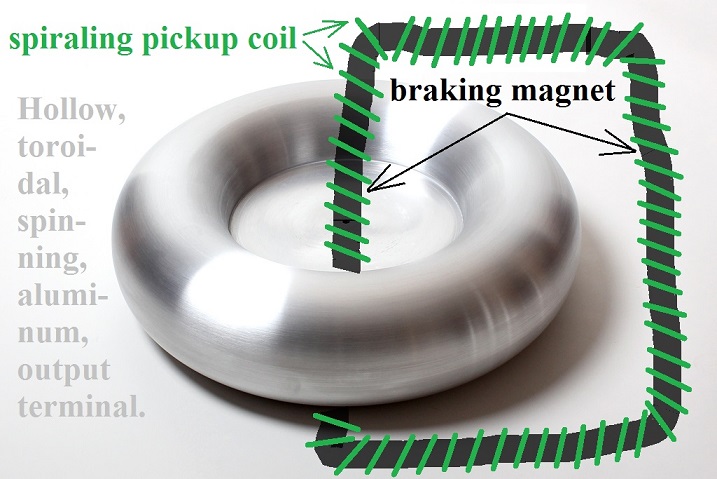

 Does a spinning toroidal output terminal require perforations all along its sides (similar to the spinning aluminum disk of a watt-hour meter)
Does a spinning toroidal output terminal require perforations all along its sides (similar to the spinning aluminum disk of a watt-hour meter) 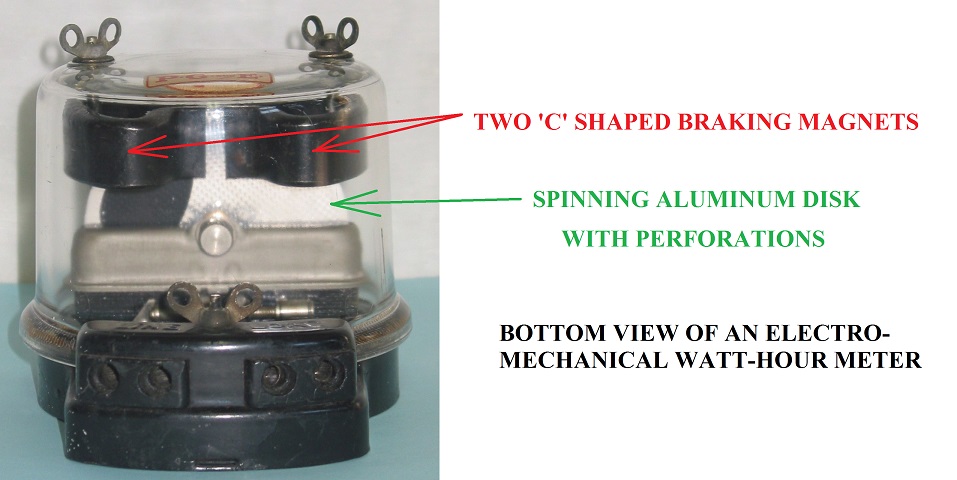 to enhance its ability to spin? Or, should it remain stationary?
to enhance its ability to spin? Or, should it remain stationary?
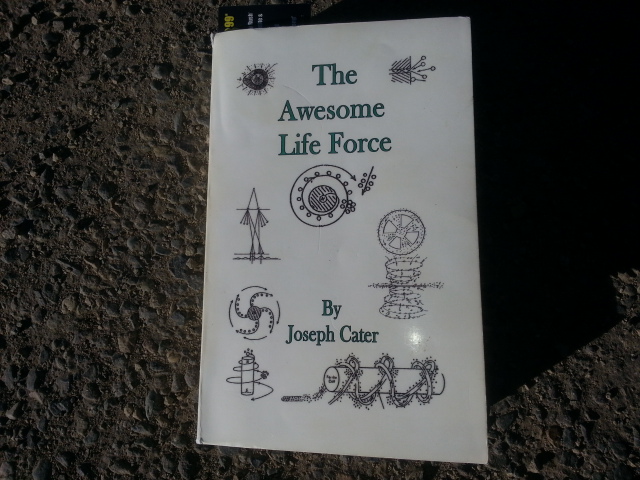
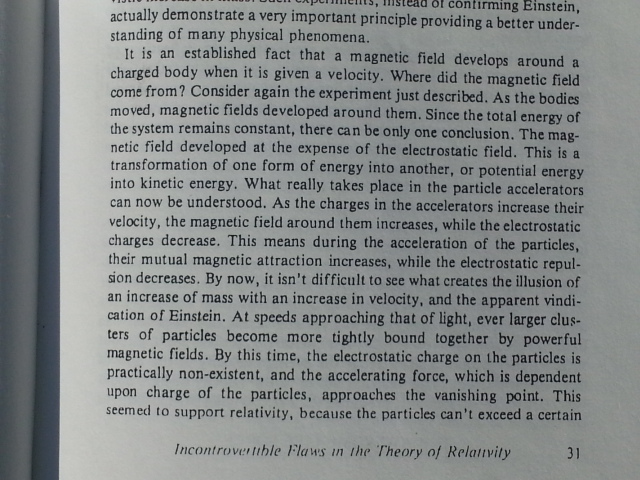
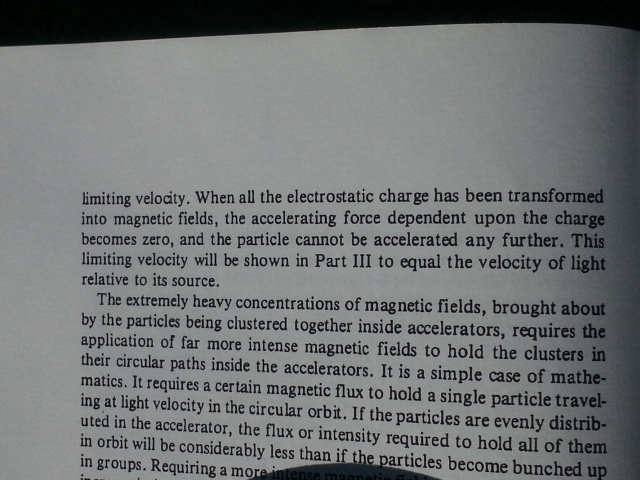
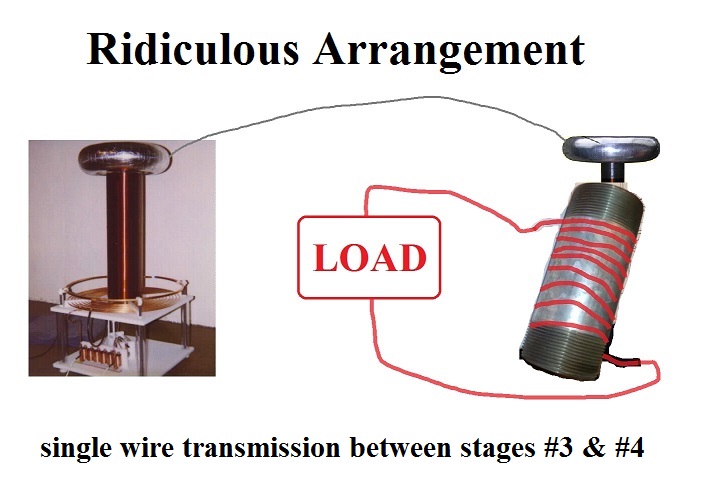
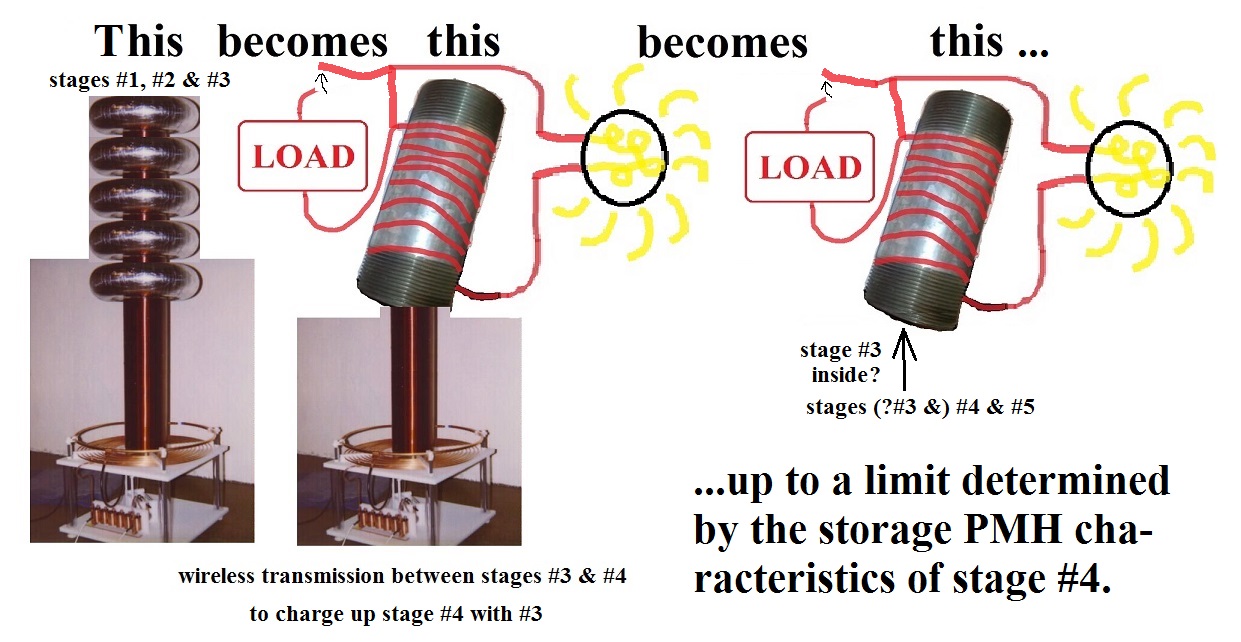
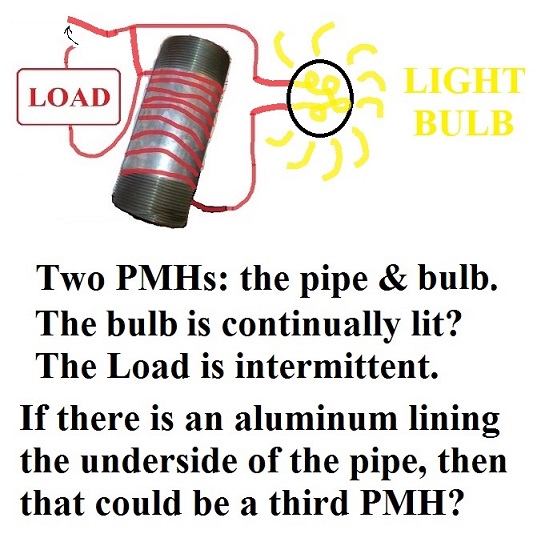
 ), added to the output of this device if running at the peak of efficiency (of a TSG) which Tesla has been known to excel. I don't expect that much from myself. Or more seriously, 1/213 of one electrical horsepower (EH) translates into three and a half watts: 746 watts/EH ÷ 213th part of 200lbs. (15oz) = 3.5 watts for experiment #2; 7 watts for experiment #3.
), added to the output of this device if running at the peak of efficiency (of a TSG) which Tesla has been known to excel. I don't expect that much from myself. Or more seriously, 1/213 of one electrical horsepower (EH) translates into three and a half watts: 746 watts/EH ÷ 213th part of 200lbs. (15oz) = 3.5 watts for experiment #2; 7 watts for experiment #3.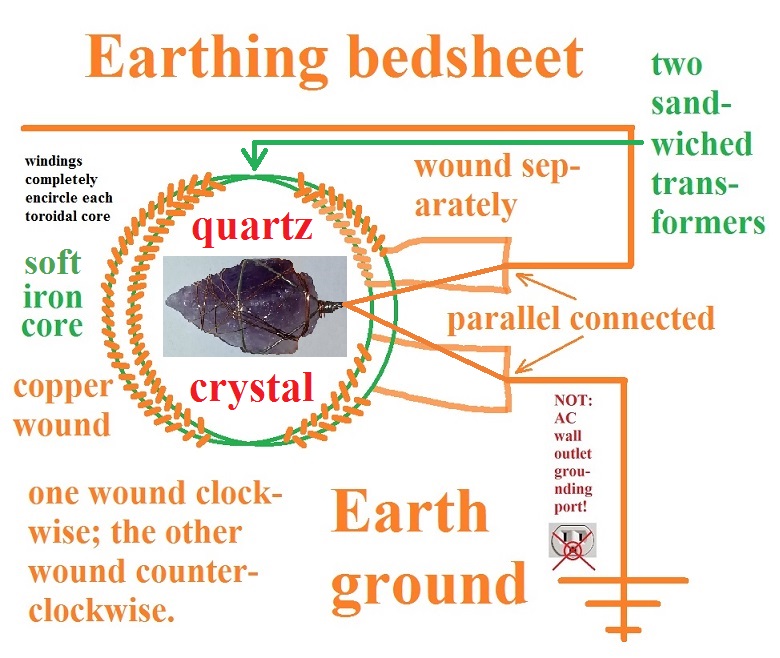
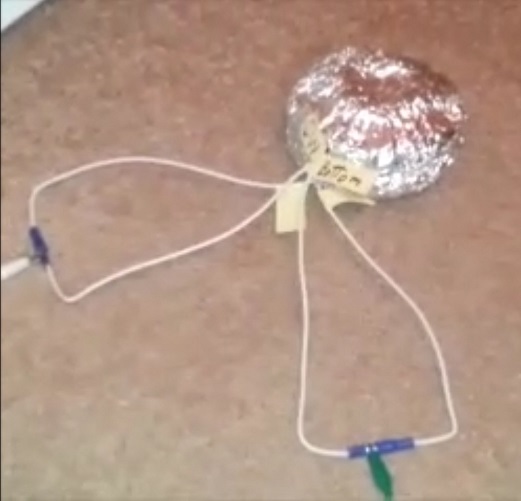
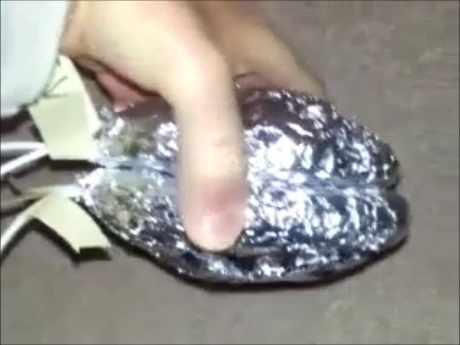
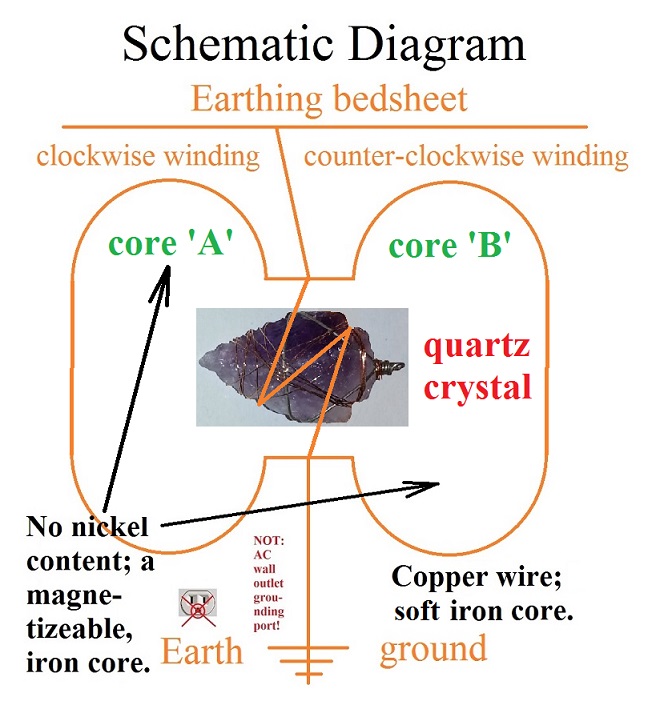
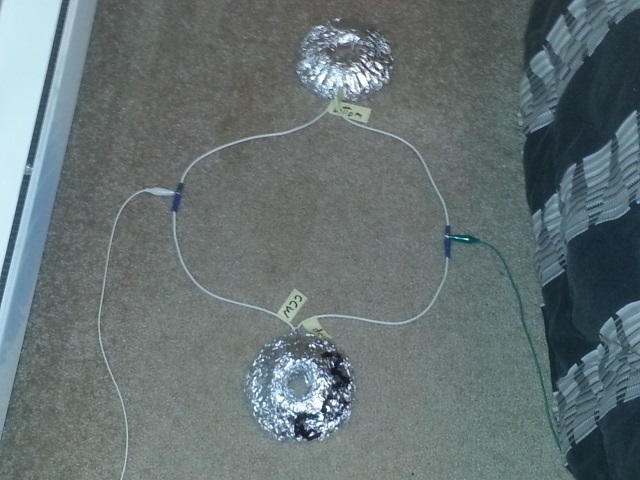
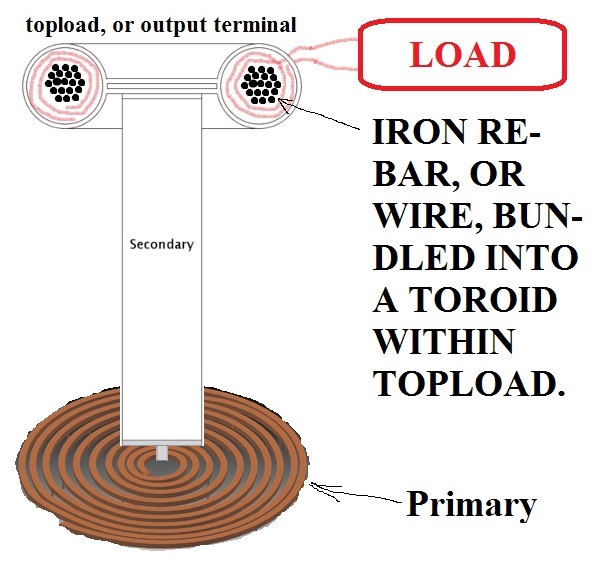

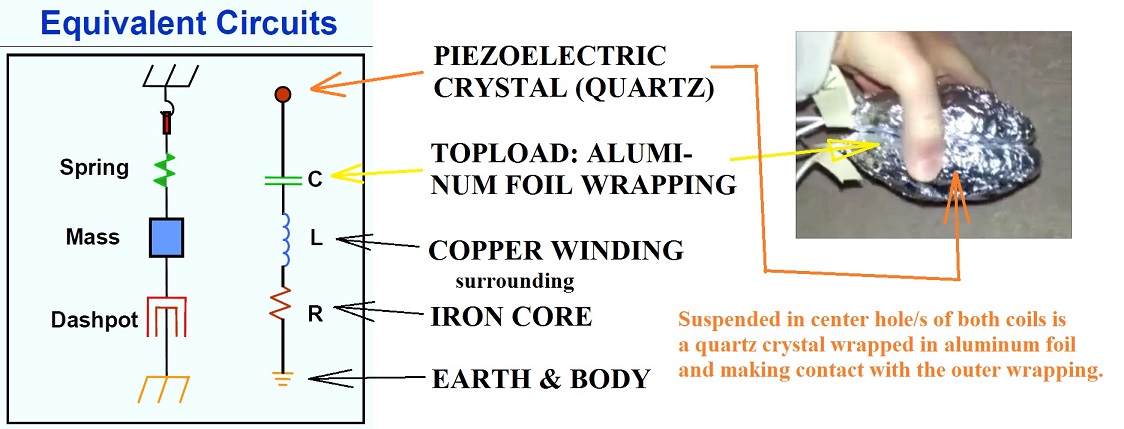
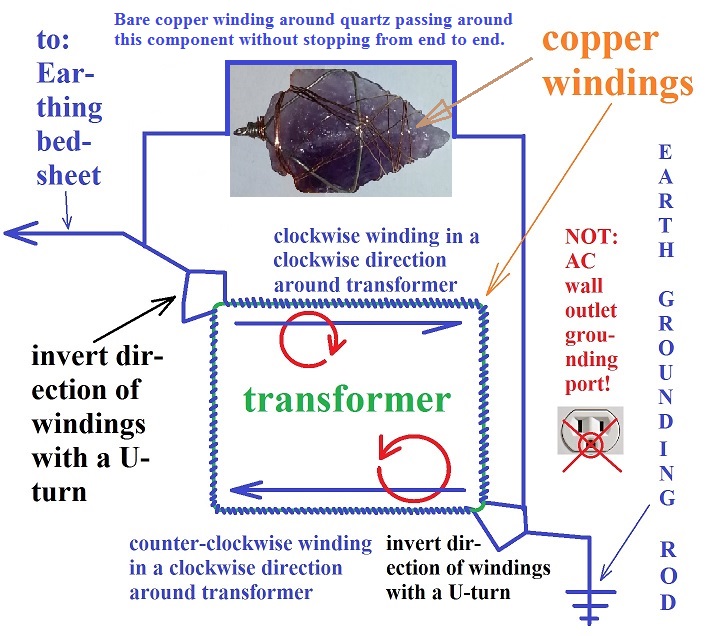
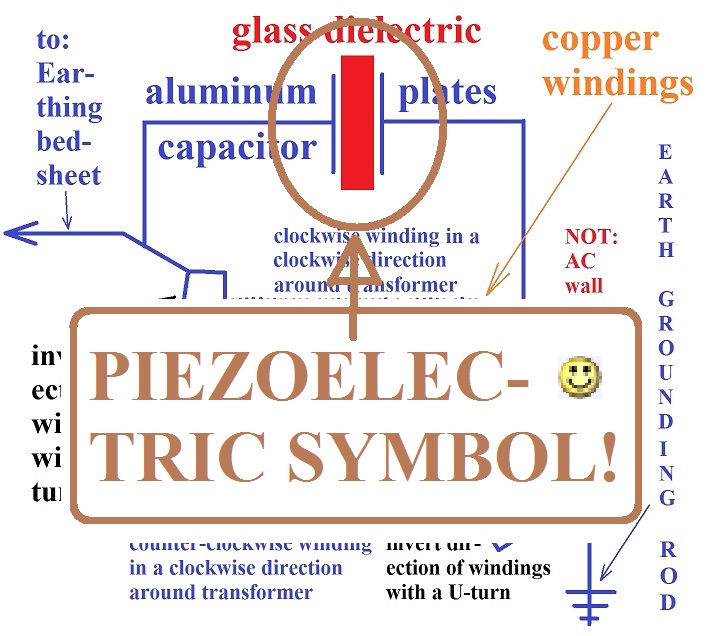
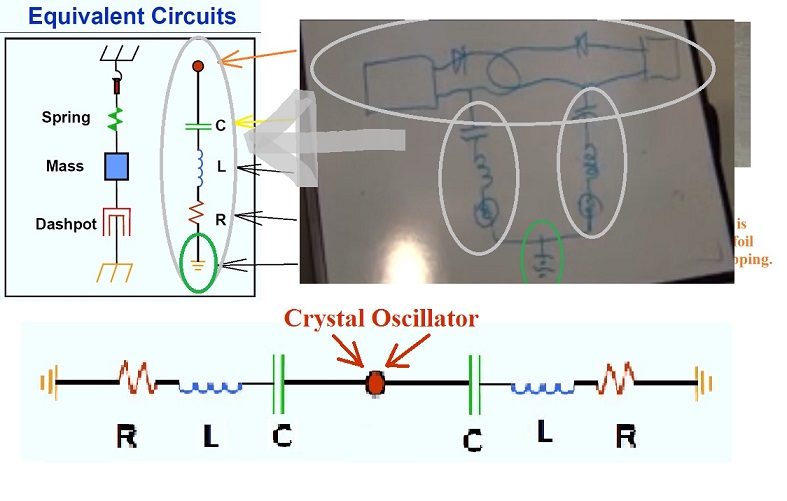
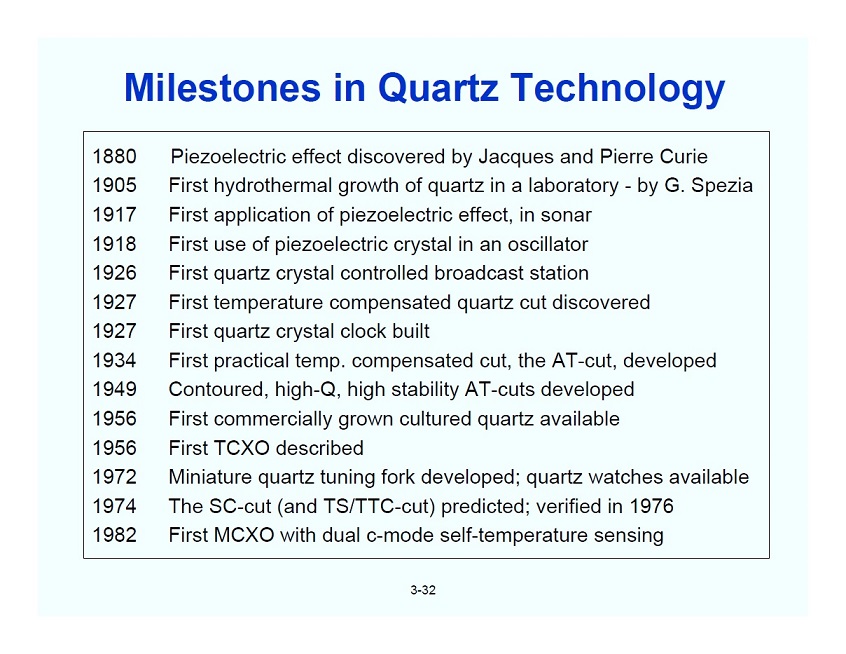
Comment